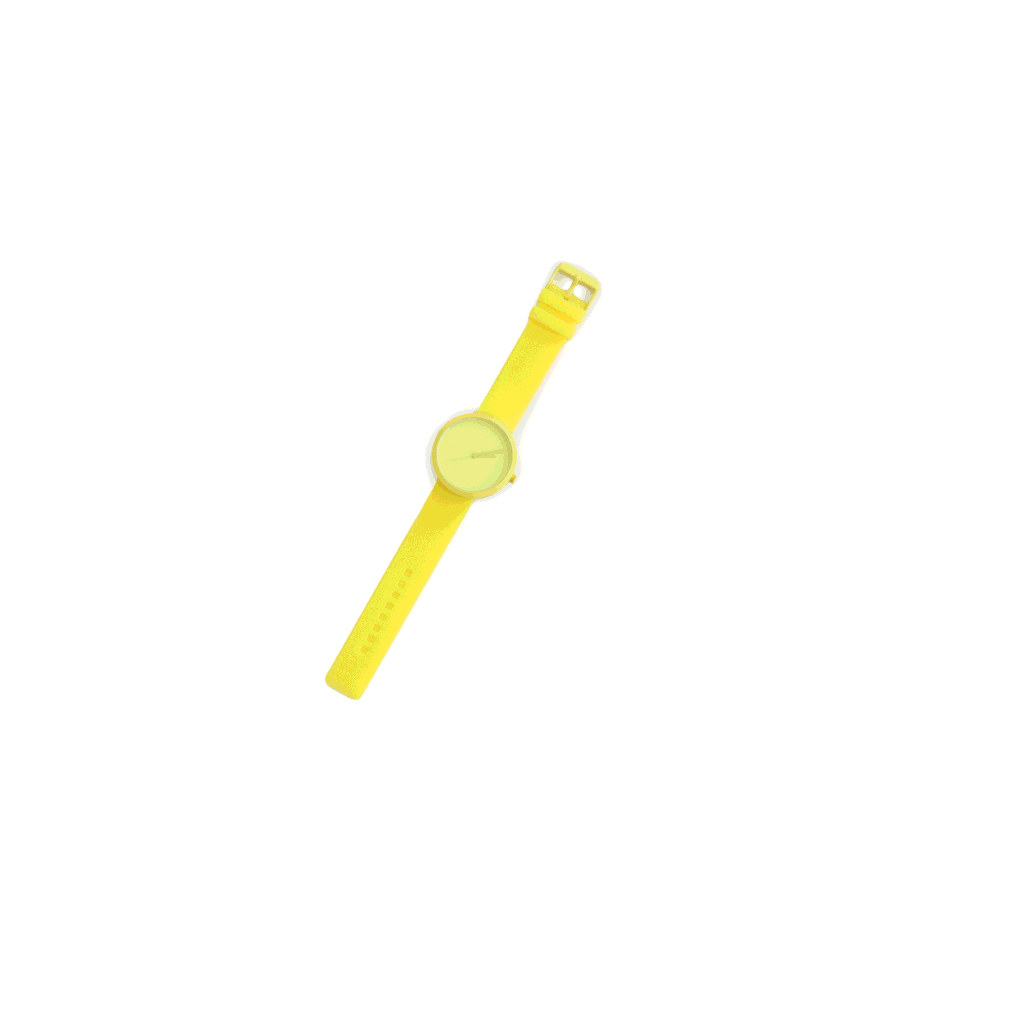Free Domestic Standard Shipping for orders of $95 or more.
Free Domestic Standard Shipping for orders of $95 or more.
This lenticular postcard, which animates the images as you move it back and forth, celebrates one of Eadweard Muybridge's best known works, the 'Animal Locomotion' series of stopped-action motion studies completed in 1887.
- Dimensions: 4 1/4 inches x 6 1/2 inches
- Item #: C1326
In his early twenties, Eadweard Muybridge moved to the United States, where he was drawn to the primarily uncharted Western landscape. After a stagecoach accident, he convalesced back home in England and learned photography. Upon returning to the States in 1867, he soon earned his reputation photographing the landscape. Apparently a hot-tempered man, Muybridge shot and killed his much younger wife's lover but was acquitted after a sensational trial, in part perhaps because he was friends with Leland Stanford, railroad magnate and governor of California. They became acquainted in 1872, when Stanford made a bet regarding a horse's gallop, contending that when a horse gallops, at some point all four of its feet are off the ground simultaneously. Stanford hired Muybridge to prove it photographically; Muybridge, using a system of trip-shutter, high-speed photography and twenty-four cameras, did just that. Never one for false modesty, Muybridge declared: "The circumstances must have been exceptionally felicitous that made co-laborateurs [sic] of the man that no practical impediment could halt and of the artist who, to keep pace with the demands of the railroad builders, hurried his art to a marvel of perfection that it is fair to believe it would not else have reached in another century."
Eadweard J. Muybridge (American, born England, 1830 - 1904)
Animal Locomotion, 1887
Collotype 15.2 × 43.7 cm (6 × 17 3/16 in.)
The J. Paul Getty Museum, 84.XM.628.32
By signing up, you agree to receive promotional communication from The Getty Store.

